The Secrets of Porvenir
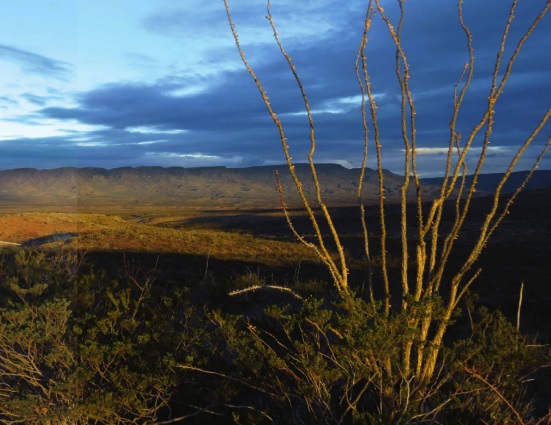
SOMETIMES ALL IT TAKES IS one small artifact to tell an entire story. In 2015, during a metal detector survey in the Big Bend region of western Texas, archaeologist David Keller found one such object under windblown sediments that had likely protected it in place for around 100 years. "It was a heavy moment," Keller says of his initial examination of the object with a hand lens. He called over the rest of his team to have a look. It was a fragment of a .45-caliber bullet, which later analysis would show was fired from either a Colt M1873 single-action revolver or a Colt M1909 double-action revolver, that had been heavily deformed by impact. That impact had fused the lead projectile with human bone. There had never been any doubt that Keller, then with the Center for Big Bend Studies at Sul Ross State University, and the team were working at a crime scene. "Seeing that particular artifact drove it home in a way that was really visceral," he says. "It shook us up." The bullet had been fired during the summary execution of 15 unarmed Mexican-American men and boys by Texas Rangers and local Anglo ranchers very early in the morning of January 28, 1918. The artifact's story spills out from that fateful night to a period known in local history as La Matanza (the Massacre) or Hora de Sangre (Hour of Blood), a time when border-related anti-Mexican violence in Texas was widespread.
The bullet is one of dozens of pieces of evidence collected by Keller and his team during their three-day project a decade ago near what was once the hamlet of Porvenir. The finds provided tangible details about how the massacre was carried out. The researchers were shocked to discover that some of the artifacts suggested the possible involvement of shooters no one had expected, a wrinkle that Keller still can't quite get his head around. "We've tried so hard to find an alternative explanation," says Keller, "because I guess we don't want it to be true."
Esta historia es de la edición March/April 2025 de Archaeology.
Comience su prueba gratuita de Magzter GOLD de 7 días para acceder a miles de historias premium seleccionadas y a más de 9,000 revistas y periódicos.
Ya eres suscriptor ? Conectar
Esta historia es de la edición March/April 2025 de Archaeology.
Comience su prueba gratuita de Magzter GOLD de 7 días para acceder a miles de historias premium seleccionadas y a más de 9,000 revistas y periódicos.
Ya eres suscriptor? Conectar
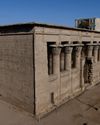
AN EGYPTIAN TEMPLE REBORN
By removing centuries of soot, researchers have uncovered the stunning decoration of a sanctuary dedicated to the heavens
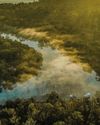
THE SHELL SEEKERS
How hunter-gatherers in northern Florida facing an uncertain future revived a powerful symbol of their past
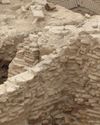
UNEARTHING ANELUSIVE EMPIRE
Archaeologists have discovered rare evidence of an enlightened medieval dynasty that ruled much of Central Asia
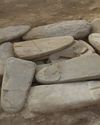
Ahead of Their Time
Excavations reveal the surprising sophistication of Copper Age villagers in southwestern Iran 6,000 years ago
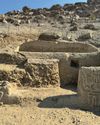
ORIGINS OF PERUVIAN RELIGION
While investigating looters' holes at the site of La Otra Banda in northern Peru's Zaña Valley, archaeologist Luis A. Muro Ynoñán of the Field Museum and the Pontifical Catholic University of Peru spotted carved blocks around seven feet below the surface.
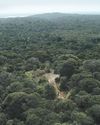
ISLAND OF FREEDOM
Many of the enslaved Africans sent to Brazil beginning in 1549 were from what is now Angola, where one of the most widely spoken languages was Kimbundu.
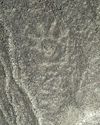
NAZCA GHOST GLYPHS
From the 1940s to the early 2000s, geoglyphs were discovered in the Nazca Desert of southern Peru depicting animals, humans, and other figures at the rate of 1.5 per year.
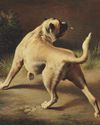
COLONIAL COMPANIONS
The ancestry of dogs in seventeenth-century Jamestown offers a window into social dynamics between Indigenous people and early colonists.
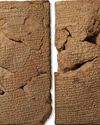
BAD MOON RISING
The British Museum houses around 130,000 clay tablets from ancient Mesopotamia written in cuneiform script between 3200 B.C. and the first century A.D.
